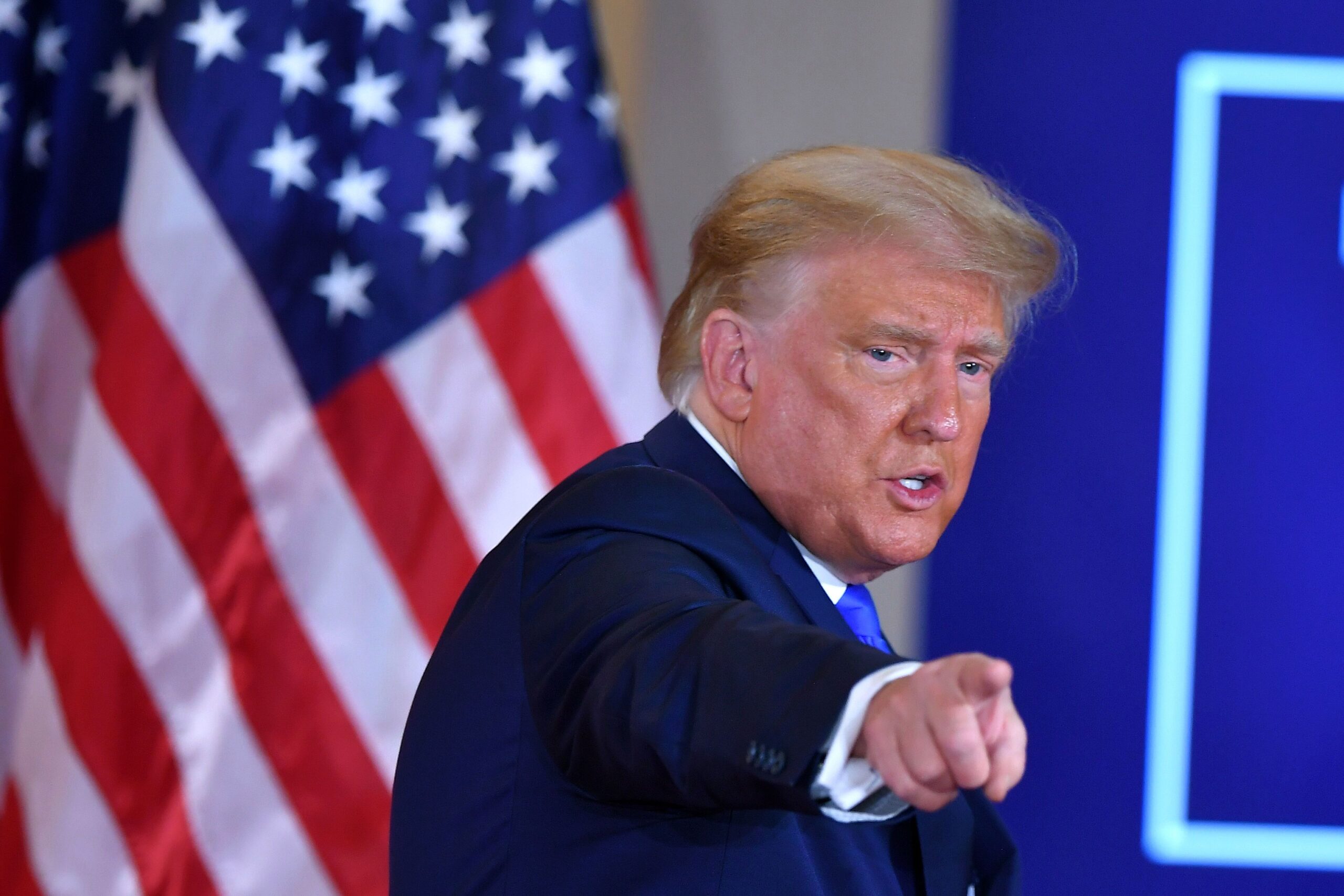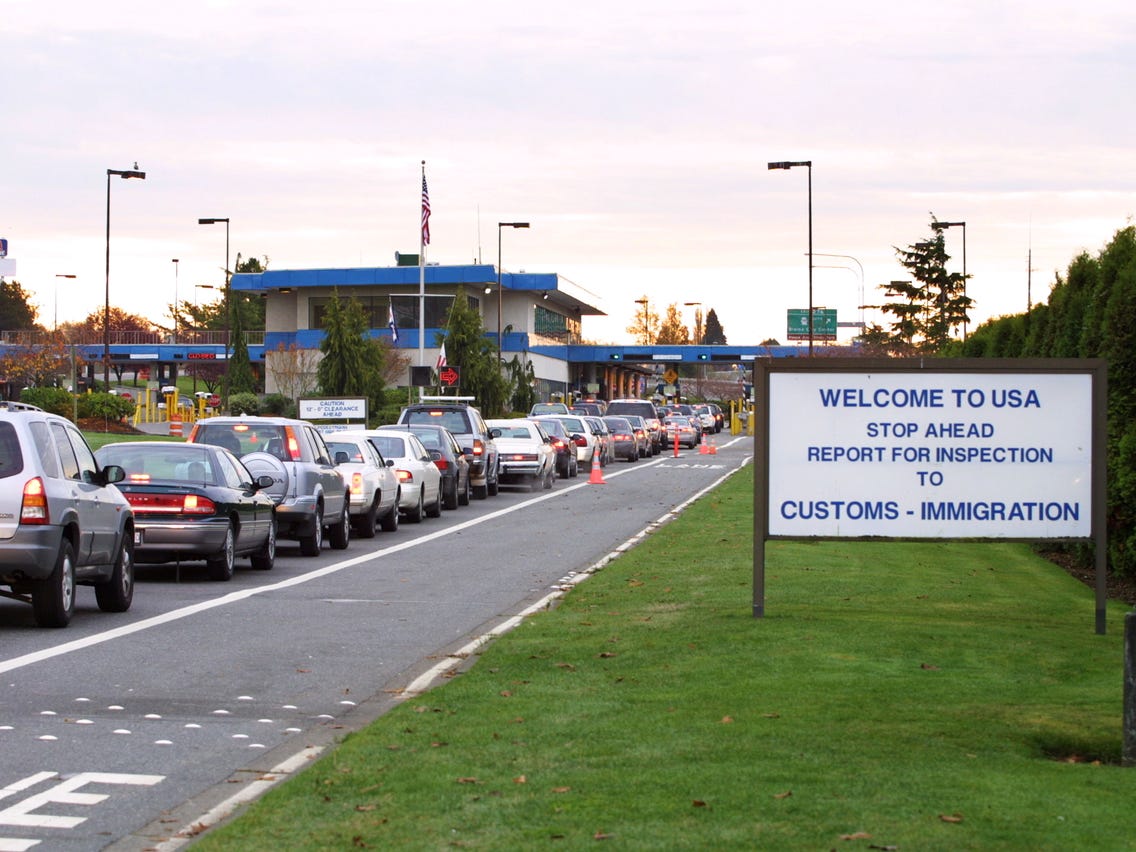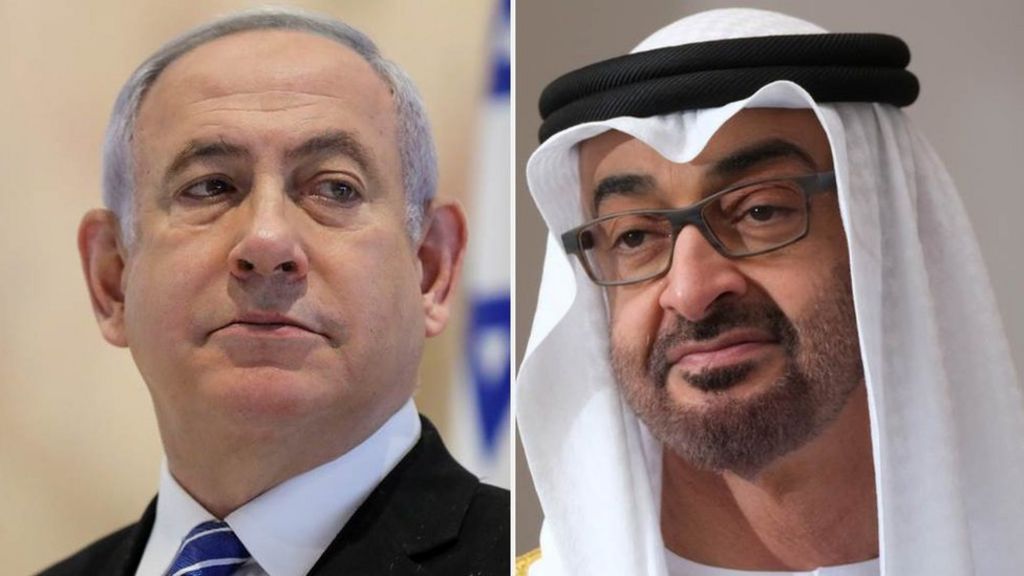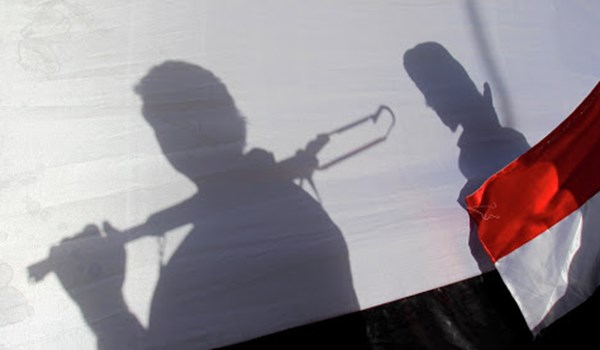President Donald Trump asked senior guides in an Oval Office meeting Thursday whether he had choices to make a move against Iran’s primary atomic site in the coming weeks. The gathering happened a day after worldwide overseers announced a critical expansion in the nation’s store of atomic material, four current and previous U.S. authorities said Monday.
A scope of senior consultants prevented the president from pushing forward with a military strike. The guides — including Vice President Mike Pence; Secretary of State Mike Pompeo; Christopher C. Mill operator, the acting protection secretary; and Gen. Imprint A. Milley, seat of the Joint Chiefs of Staff — cautioned that a negative mark against Iran’s offices could without much of a stretch grow into a more extensive clash in the most recent long stretches of Trump’s administration.
Any strike — regardless of whether by rocket or digital — would in all likelihood be centered around Natanz, where the International Atomic Energy Agency revealed Wednesday that Iran’s uranium reserve was currently multiple times bigger than allowed under the atomic accord that Trump surrendered in 2018. The organization additionally noticed that Iran had not permitted it admittance to another associated site where there was proof with past atomic action.
Trump asked his top public security associates what choices were accessible and how to react, authorities said.
After Pompeo and Milley depicted the expected dangers of military acceleration, authorities left the gathering accepting a rocket assault inside Iran was off the table, as per organization authorities with information on the gathering.
Trump may in any case be seeing approaches to strike Iranian resources and partners, remembering local armies for Iraq, authorities said. A more modest gathering of public security associates had met late Wednesday to talk about Iran, the day preceding the gathering with the president.
White House authorities didn’t react to demands for input.
The scene underscored how Trump actually faces a variety of worldwide dangers in his last a long time in office. A strike on Iran may not play well to his base, which is to a great extent restricted to a more profound American clash in the Middle East, yet it could harm relations with Tehran so it would be a lot harder for President-elect Joe Biden to restore the 2015 Iran atomic accord, as he has vowed to do.
Since Trump excused Defense Secretary Mark T. Esper and other top Pentagon assistants a week ago, Defense Department and other public security authorities have secretly communicated stresses that the president may start activities, regardless of whether unmistakable or mystery, against Iran or different enemies toward the finish of his term.
The occasions of the previous few days are not the first occasion when that Iran strategy has arisen in the last days of a leaving organization. During the most recent days of the Bush organization in 2008, Israeli authorities, worried that the approaching Obama organization would try to impede it from striking Iran’s atomic offices, looked for shelter busting bombs, planes and knowledge help from the United States for an Israeli-drove strike.
VP Dick Cheney later wrote in his journal that he upheld the thought. President George W. Hedge didn’t, yet the outcome was a far closer coordinated effort with Israel on a cyberstrike against the Natanz office, which took out around 1,000 of Iran’s atomic axes.
From that point forward, the Pentagon has overhauled its strike designs on different occasions. It presently has customary military just as digital alternatives, and some that join the two. Some include direct activity by Israel.
The report from the International Atomic Energy Agency reasoned that Iran currently had a reserve of in excess of 2,442 kilograms, or in excess of 5,385 pounds, of low-improved uranium. That is sufficient to deliver around two atomic weapons, as indicated by an examination of the report by the Institute for Science and International Security. In any case, it would require a while of extra preparing to enhance the uranium to bomb-grade material, implying that Iran would not be near a bomb until pre-summer at the most punctual — well after Trump would have left office.
While the sum is unsettling, it is far beneath the measure of fuel Iran had before President Barack Obama arrived at an atomic accord with Tehran in July 2015. Late that year, under the particulars of the agreement, Iran transported about 97% of its fuel store to Russia — around 25,000 pounds — leaving it with short of what it would need to fabricate a solitary weapon.
The Iranians adhered as far as possible even after Trump rejected U.S. support in the Iran accord in 2018 and reimposed sanctions. The Iranians started to gradually beat of those cutoff points a year ago, announcing that if Trump didn’t hesitate to disregard its terms, they would not keep on complying with them.
In any case, the Iranians have barely dashed to create new material: Their advances have been without rushing, and they have denied trying to construct a weapon — however proof taken from the nation quite a while back by Israel clarified that was the arrangement before 2003.
Trump has contended since the 2016 mission that Iran was concealing a portion of its activities and undermining its responsibilities; the auditors’ report a week ago gave him the primary incomplete proof to help that see. The report reprimanded Iran for not responding to a progression of inquiries regarding a stockroom in Tehran where controllers discovered uranium particles, prompting doubt that it had once been some sort of atomic handling office. The report said Iran’s answers were “not actually believable.”
The International Atomic Energy Agency has recently grumbled that monitors have been banished from completely exploring some presumed locales.
It isn’t only the U.S. military that is taking a gander at alternatives. Pompeo, authorities stated, is intently watching situations developing on the ground in Iraq for any trace of hostility from Iran or its intermediary volunteer armies against U.S. ambassadors or troops positioned there.









